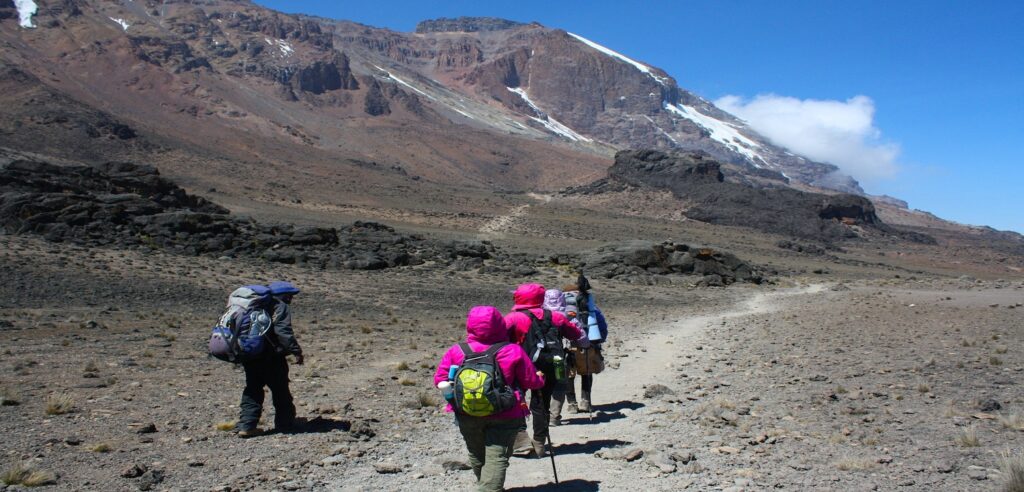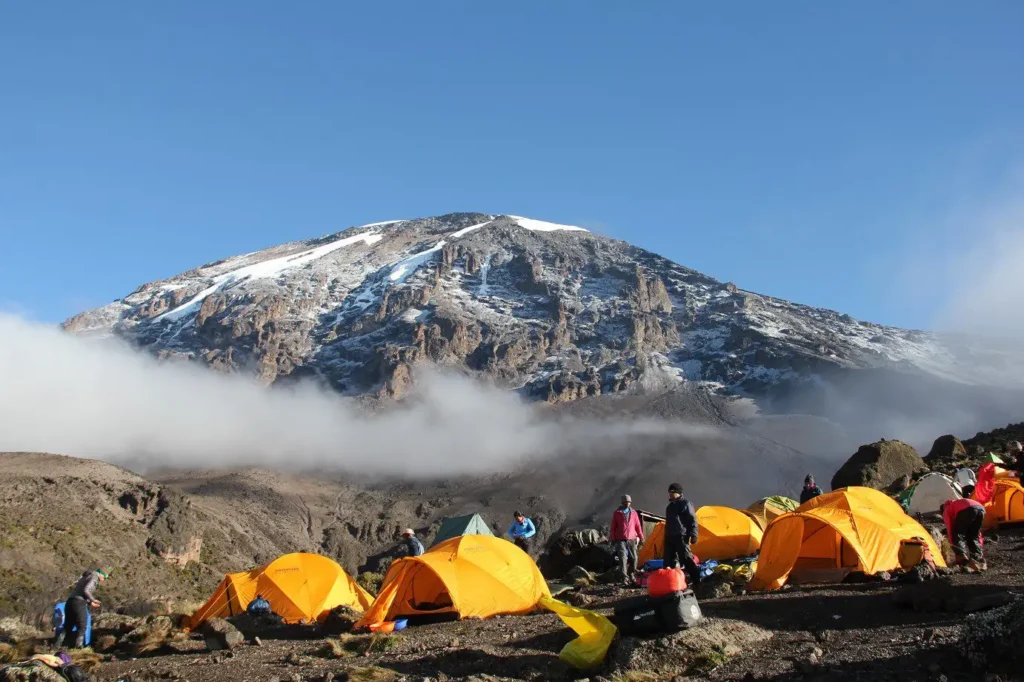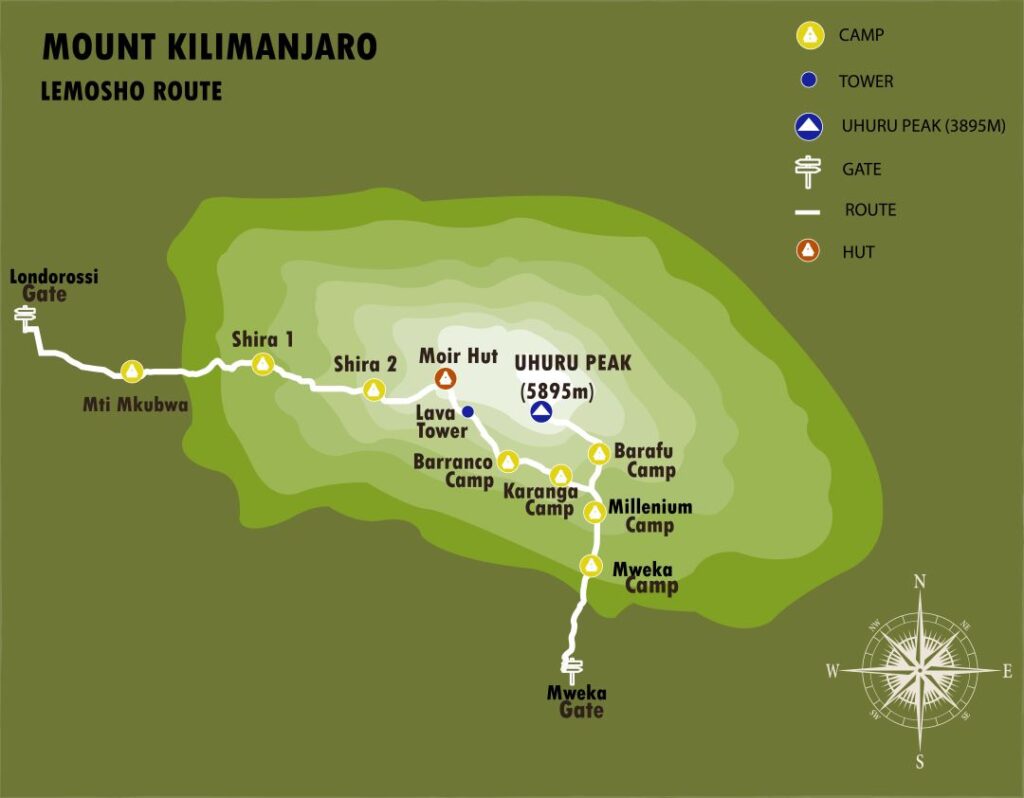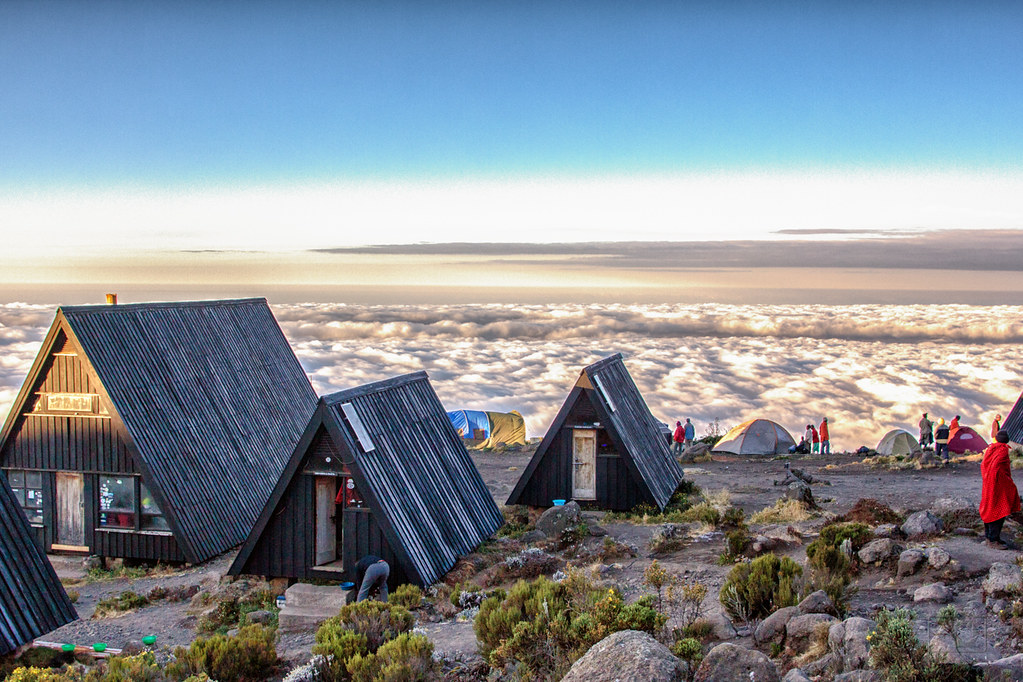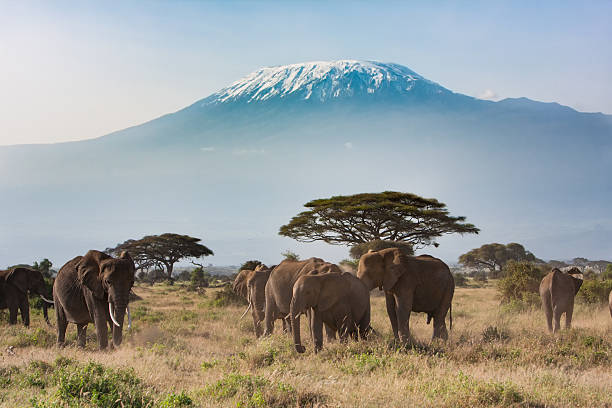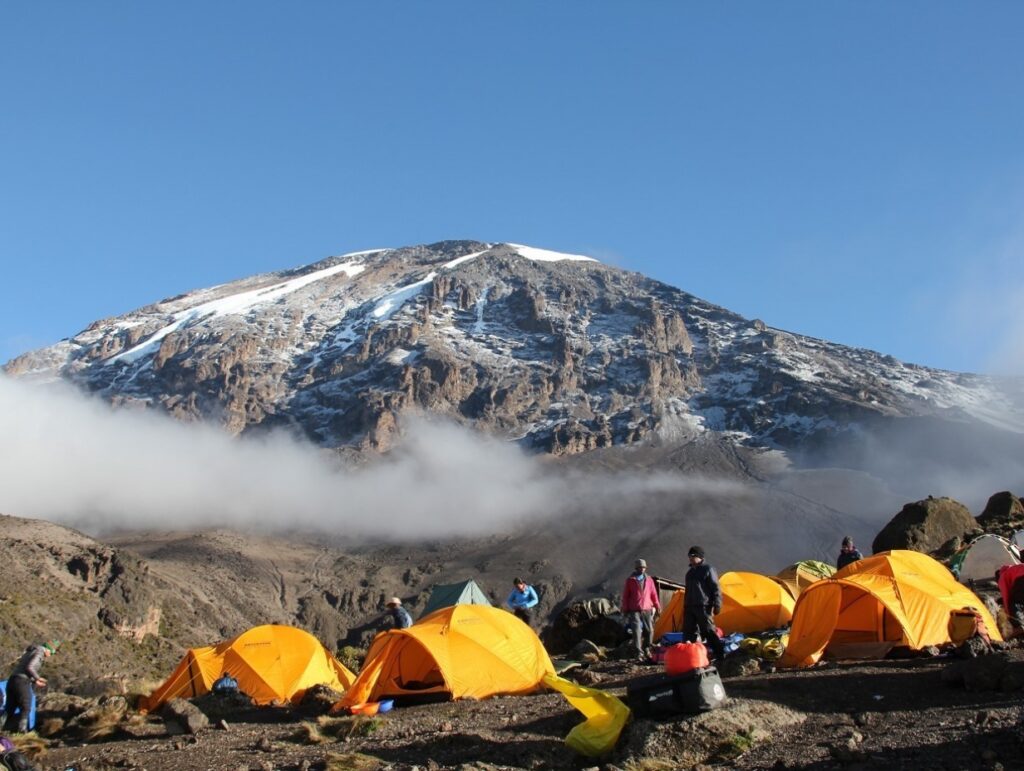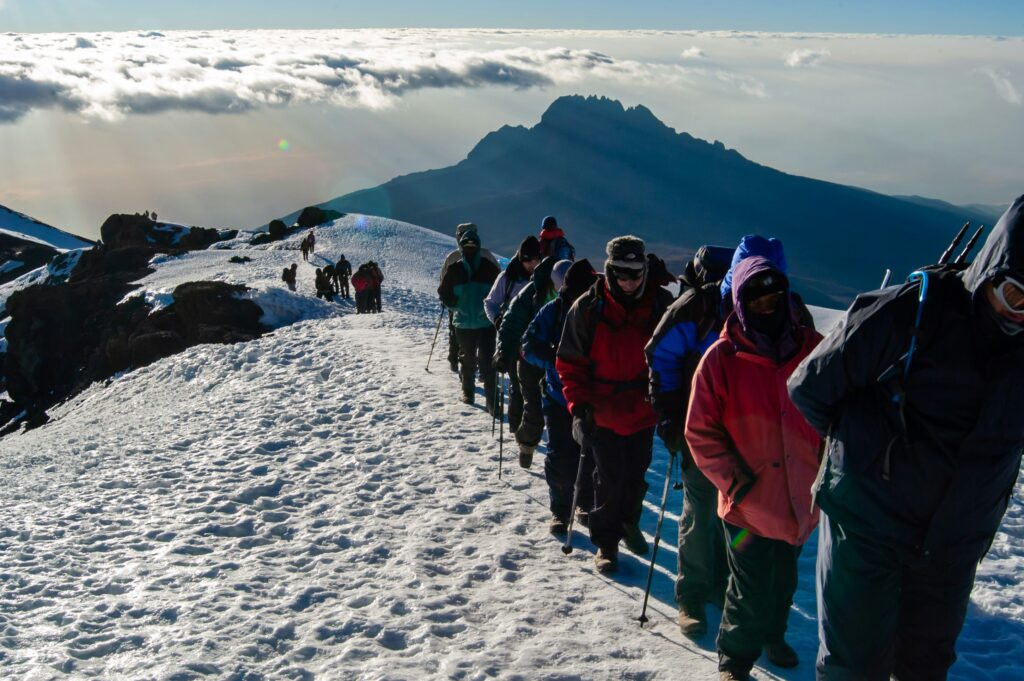MT. Kilimanjaro
Overview:
Mount Kilimanjaro, Africa’s highest peak and one of the Seven Summits, stands at 5,895 meters (19,341 feet) above sea level. Located in northern Tanzania, this legendary mountain is a bucket-list destination for adventure seekers. What makes Kilimanjaro unique is that it is a free-standing mountain, meaning it is not part of a mountain range. Its breathtaking landscapes take climbers through five distinct climate zones, from lush rainforests at the base to the icy glaciers at the summit.
As a UNESCO World Heritage Site, Kilimanjaro is home to diverse flora and fauna, including elephants, buffaloes, colobus monkeys, and unique plant species like the giant lobelia. The trek to the summit requires no technical climbing skills, making it an ideal challenge for hikers worldwide.
Why Visit Kilimanjaro?
- Iconic Adventure: Reach the highest point in Africa at Uhuru Peak.
- Varied Ecosystems: Experience rainforests, moorlands, alpine deserts, and glaciers in a single journey.
- Accessibility: Unlike many high-altitude mountains, no mountaineering gear is required.
- Cultural Experience: Learn about the Chagga people, who live on the slopes and have rich traditions.
- Stunning Views: Witness breathtaking sunrises above the clouds and panoramic views of the African plains.
Best Time to Visit:
The best times to climb Kilimanjaro are during the dry seasons when the weather is more stable and visibility is clear:
- January – March: Quieter season with mild temperatures and a chance of snow at the summit.
- June – October: The most popular season, with dry weather and stunning scenery.
Avoid the rainy seasons (April–May and November), as trails become muddy and visibility is reduced.
Wildlife & Nature:
While Kilimanjaro National Park is primarily known for its trekking experience, the lower slopes host a variety of wildlife. The montane rainforest at the base is home to elephants, leopards, bushbucks, and blue monkeys. As you ascend, plant life adapts to the altitude, with surreal landscapes featuring giant groundsels and everlasting flowers. At higher elevations, the terrain transforms into an alpine desert before reaching the icy glaciers at the summit.
Climbing Routes:
There are six main routes to reach Uhuru Peak, each offering different scenery and levels of difficulty:
- Marangu Route (“Coca-Cola Route”) – The easiest and only route with huts instead of tents. Ideal for beginners but has a lower success rate due to rapid ascent.
- Machame Route (“Whiskey Route”) – The most popular route, known for scenic beauty and a good acclimatization profile.
- Lemosho Route – A longer, scenic route with high success rates due to gradual acclimatization.
- Rongai Route – The only route starting from the north side of Kilimanjaro, offering a quieter trek.
- Umbwe Route – The steepest and most challenging route, suitable for experienced climbers.
- Northern Circuit Route – The longest route with excellent acclimatization and stunning panoramic views.
Recommended Activities:
- Trekking & Climbing – Challenge yourself on one of the world’s most famous hikes.
- Scenic Hiking – Explore the lower slopes and rainforest trails for shorter treks.
- Cultural Tours – Visit Chagga villages to learn about local traditions, coffee farming, and historical sites.
- Wildlife Watching – Spot elephants, monkeys, and unique plant species in Kilimanjaro National Park.
Wildlife Highlights:
- Elephants & Buffaloes (Lower slopes)
- Black-and-white Colobus Monkeys (Rainforest zone)
- Chameleons & Butterflies (Tropical forests)
- Giant Lobelias & Senecios (Alpine moorland)
- Glacial Formations (Summit zone)
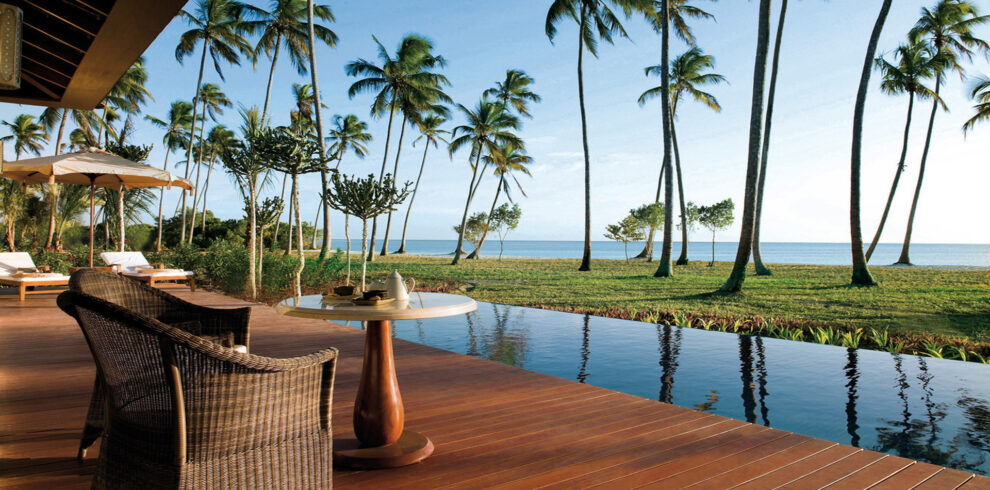
- Jan
- Feb
- Mar
- Apr
- May
- Jun
- Jul
- Aug
- Sep
- Oct
- Nov
- Dec
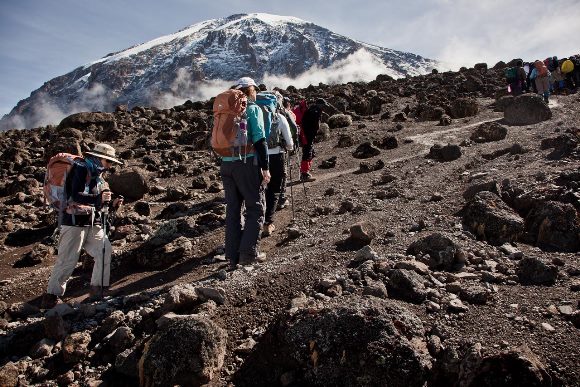
- Jan
- Feb
- Mar
- Apr
- May
- Jun
- Jul
- Aug
- Sep
- Oct
- Nov
- Dec
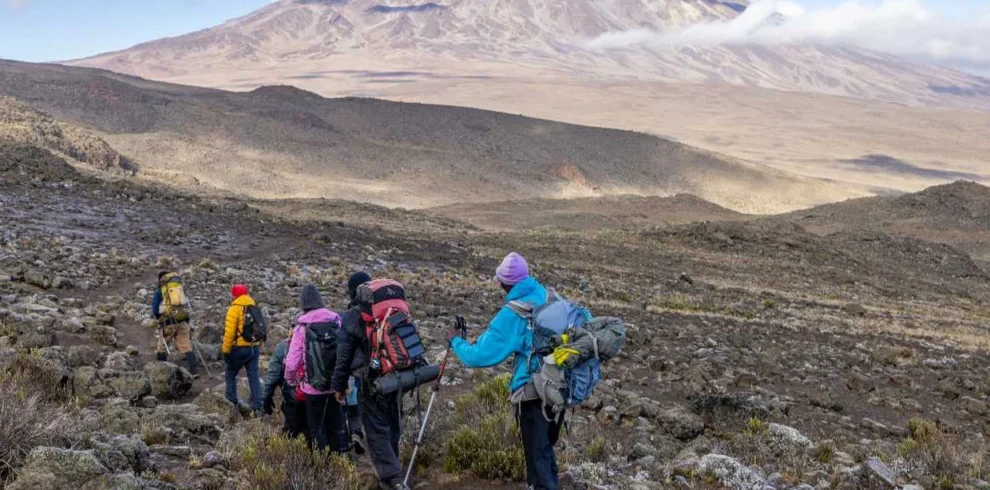
- Jan
- Feb
- Mar
- Apr
- May
- Jun
- Jul
- Aug
- Sep
- Oct
- Nov
- Dec
- Jan
- Feb
- Mar
- Apr
- May
- Jun
- Jul
- Aug
- Sep
- Oct
- Nov
- Dec
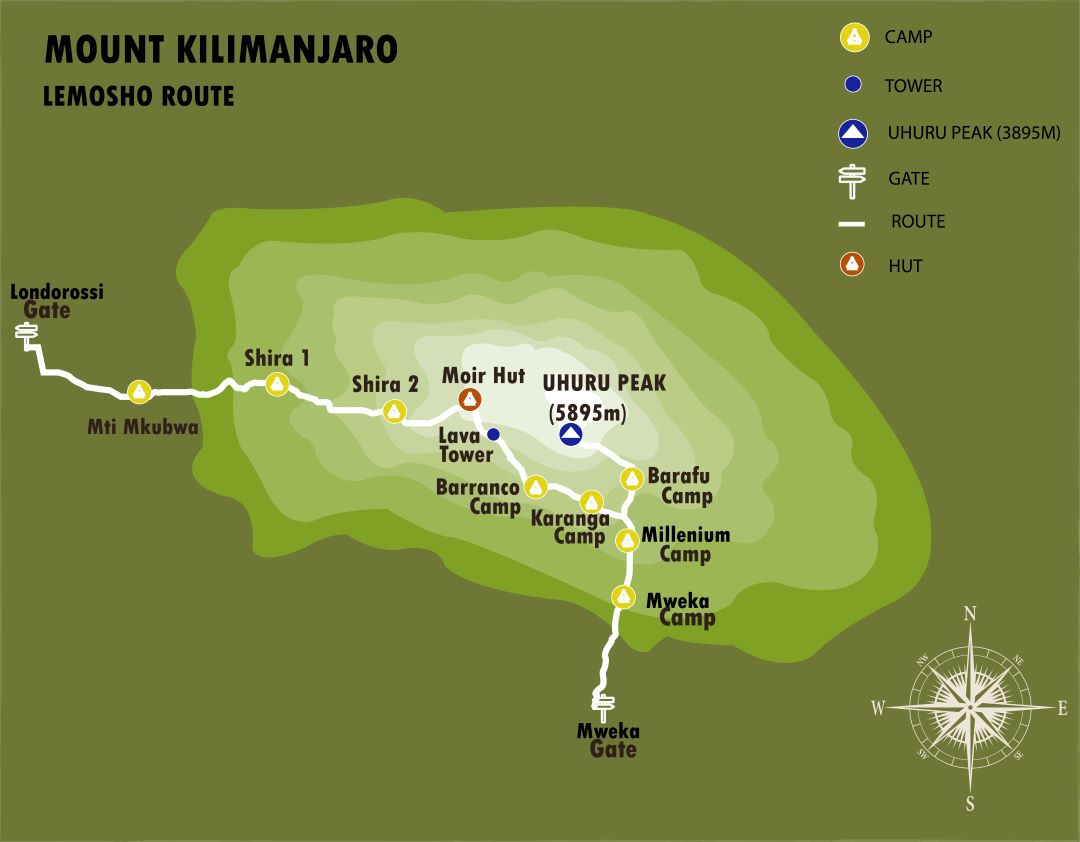
- Jan
- Feb
- Mar
- Apr
- May
- Jun
- Jul
- Aug
- Sep
- Oct
- Nov
- Dec
- Jan
- Feb
- Mar
- Apr
- May
- Jun
- Jul
- Aug
- Sep
- Oct
- Nov
- Dec
- Jan
- Feb
- Mar
- Apr
- May
- Jun
- Jul
- Aug
- Sep
- Oct
- Nov
- Dec
